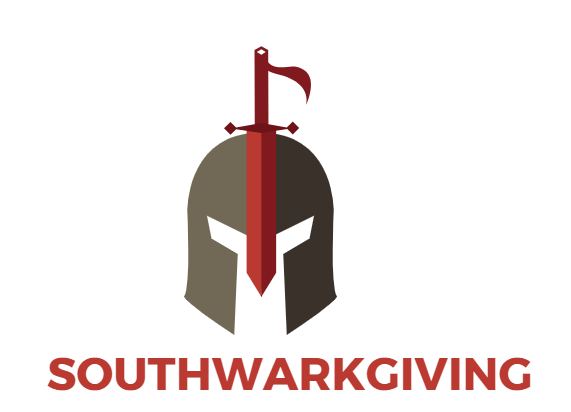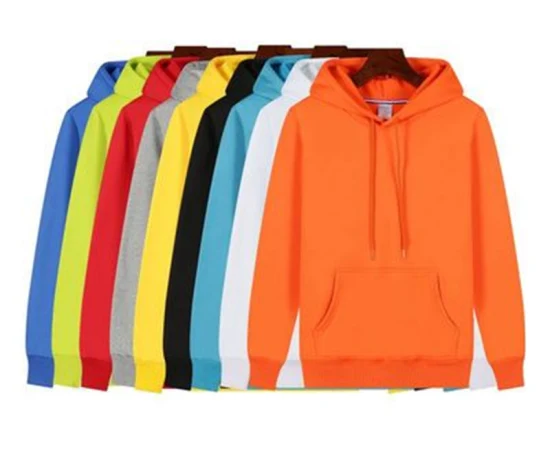One strategic decision that definitely has the potential to change a company's profitability and market positioning drastically is buying wholesale hoodies. This guide will emphasize the different benefits, considerations, and best practices to buy hoodies wholesale. This shall be specifically tailored for the busy business client, supplier, or retailer who looks forward to maximizing his or her return on investment.
Best Practices to Buy Hoodies Wholesale in Bulk
Properly understanding the sales trend and market demand is instrumental in ordering in bulk. The retailers will have to study the history of the sales data for trends and patterns that can be used to project what the future demand will look like. Some determinants for deciding the type and quantity of hoodies include seasonal trends, customer preference, and prevailing market conditions.
Negotiating good terms with wholesale suppliers can also enhance bulk purchasing benefits. Usually, wholesale suppliers offer discounts or other terms when one buys large stocks, which could improve profit margins even more. One should negotiate price, payment terms, and return policies with the wholesaler. Clear agreements regarding pricing, payment terms, and return policies ensure communication and promote a smooth purchasing flow.
Wholesale hoodies allow the retailer to identify the brand further. With the option of branded designs or logos, there is the ability to create a specialized product offering that will reinforce this brand image. Custom hoodies can become promotional items or part of an exclusive collection, increasing brand awareness and customer loyalty.
Bringing out seasonal varieties or creating specific designs could raise anticipation and draw in customers easily. Other than driving sales, this approach also defines the retailer at the top of the fashion business. Following market trends and taking cues from customer feedback are also ways to design collections that appeal to target customers.
Inventory and Forecasting for Buying Hoodies Wholesale
Effective management of inventory is very critical when one is buying hoodies wholesale. This means that wholesalers or any other resale company need to use inventory management systems to monitor and track the stock level, sales, and reorder points. Such systems give real-time data necessary to maintain optimal inventory levels and avoid stockouts or overstock situations.
Demand forecasting is essential in creating intelligent purchase decisions. It is very important to analyze the sales history, market trends, and seasonal changes to project future demand. Such a demand forecasting tool or technique would assist in arriving at the correct quantities to order in hoodies and ensure that inventory matches demand.
The development of relationships with wholesale suppliers implies the formation of firm, close bonds for long-term business. Weaknesses of the chain can easily be noticed and improved through regular communication, feedback, and collaboration. Since the policies or products of the suppliers are subject to change, wholesalers should obtain information in time to adjust accordingly.
One would want to see a supplier who is in a position to deliver the hoodies promptly, time and again. Retailers are supposed to assess their prospective suppliers for delivery history, consistency of the products, and customer service. It helps prevent problems arising from low inventory or late shipment if a good and reliable supplier has formed a strong relationship.
Conclusion
The wholesale purchase of hoodies offers several advantages for both the retailer and the supplier, including cost-saving, availability of varied products for options, and brand differentiation. Businesses reaping maximum value from bulk purchases by focusing on quality and reliable suppliers and handling inventory strategically will help assure long-term success in the retail market. Best practices in bulk ordering and good relations with suppliers lead to competitive advantage and higher profitability.


